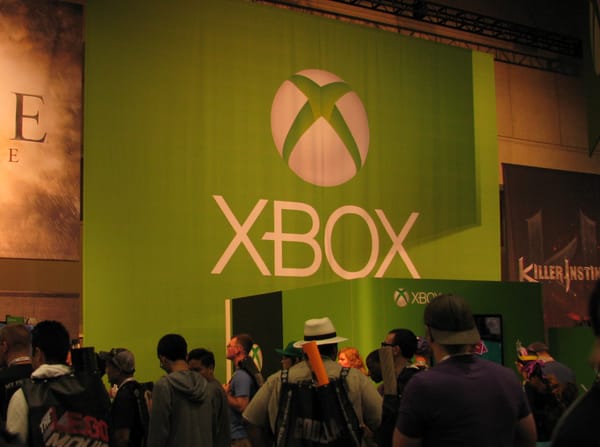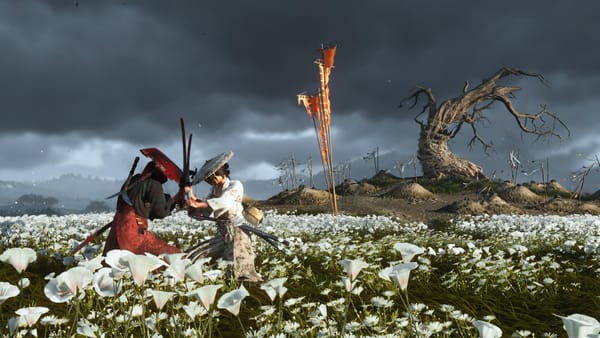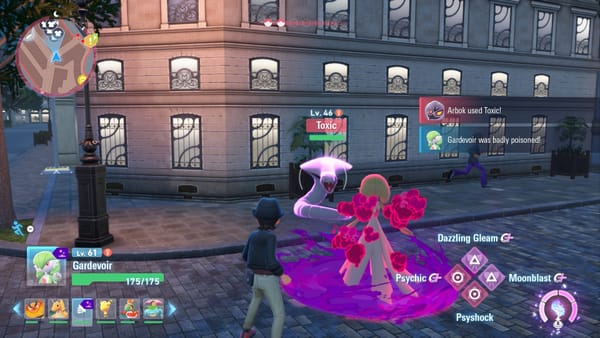The last remaining Switch 2 mystery
Many of Nintendo's developers have gone quiet, suggesting they're working hard on Switch 2 games.
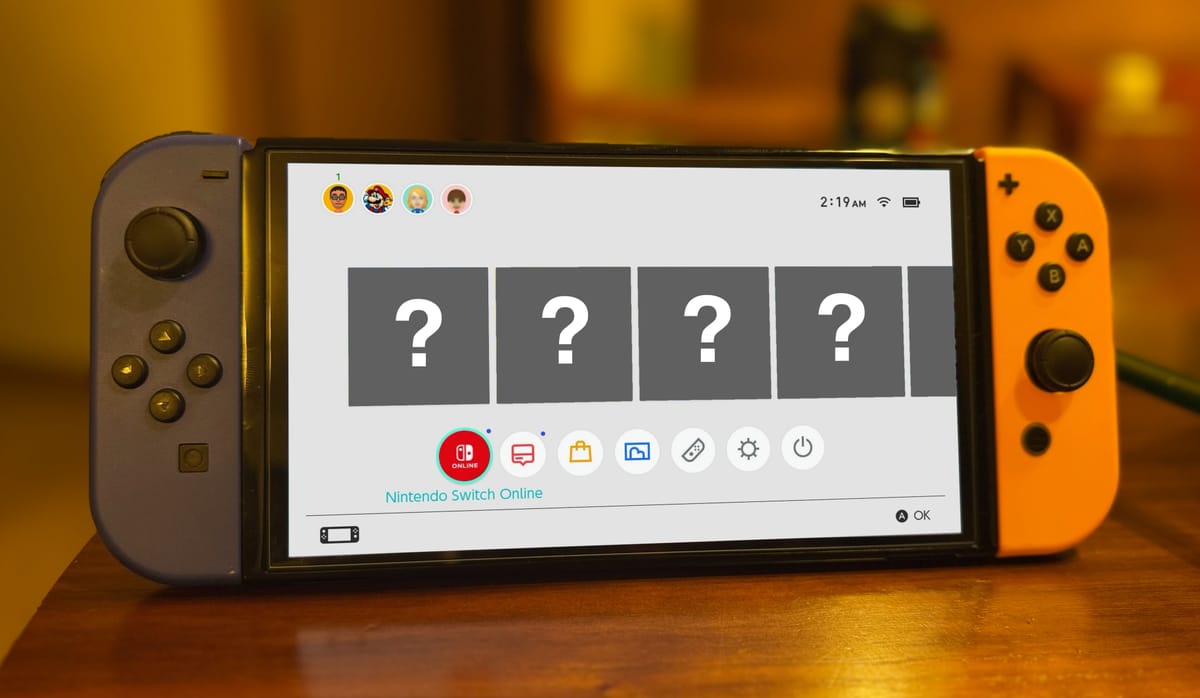
For a system that hasn’t been officially unveiled yet, we’ve already seen an awful lot of the Nintendo Switch 2.
A trickle of leaks became a torrent last week, with the system’s size, form factor and magnetic Joy-Cons all shown off in renders and as full-sized dummy units at CES. Nintendo denies that any of these are official, so it’s possible that they are inaccurate, but it seems a safe bet that this is what the next Switch will look like.
And by all indications, the next Switch will be very much like the original, just… better: a bigger screen, more power, 4K output to your TV, faster microSD cards and Joy-Cons that attach to the unit magnetically.
That’s led to some disappointment at the lack of surprise when Nintendo does actually get around to the unveiling. If we’ve “seen” the console already, what’s left to unveil?
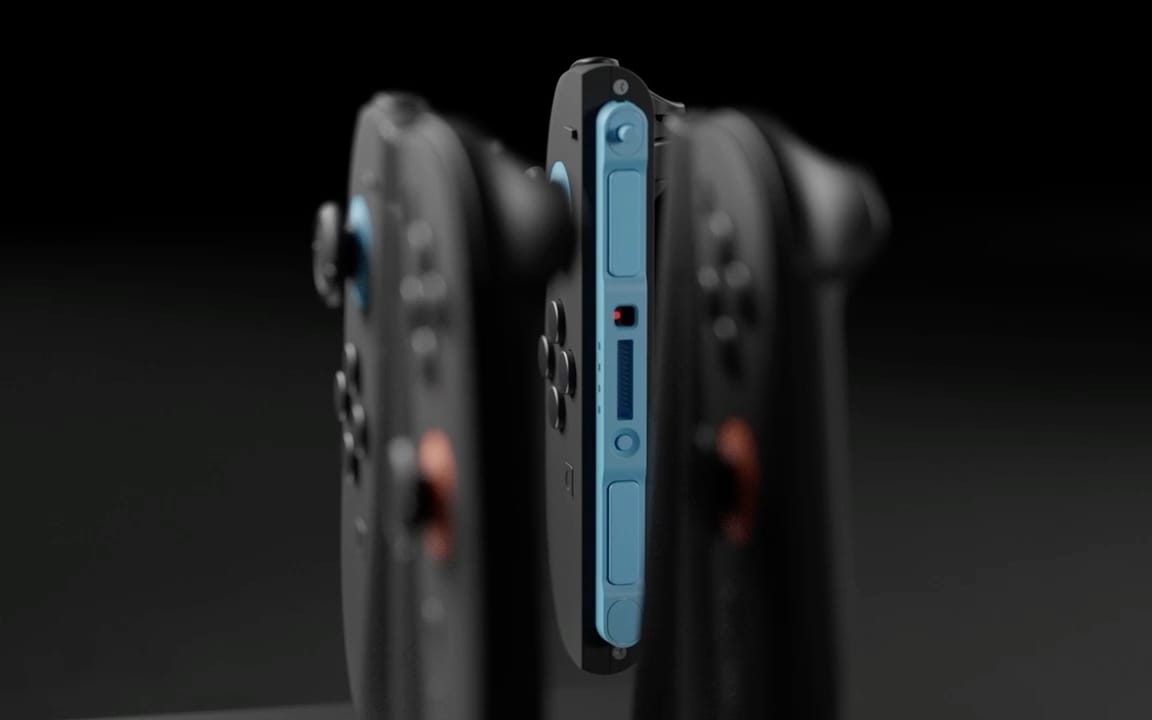
Well, lots. Because we have yet to see the most important part: the games. And I think the lineup for Switch 2 will be spectacular.
Unlike with Sony or Microsoft, Nintendo systems live or die by Nintendo games. Third party titles are a welcome bonus; generally speaking, you buy a Nintendo system because you want to play Nintendo games.
The Switch's predecessor, the Wii U, died because Nintendo couldn’t get games out fast enough. It is by some distance the lowest-selling home console the company’s ever released, and when you look at the chronology of Nintendo games released in North America, it’s easy to see why.
The Wii U launched with New Super Mario Bros. U in November 2012. But the next major Nintendo release — the next full-priced game from an existing Nintendo franchise — was Pikmin 3, over eight months later.
Compare that to the Switch. Here is just some (not all!) of the games released within eight months of the Switch’s launch:
That is an incredible run for any publisher at any time, let alone in the months immediately after launch. They made sure their biggest franchises were represented on Switch in a big way: Mario Kart 8 is by far the best-selling Switch game, and Mario Odyssey and Breath of the Wild are two of the greatest games ever made. (Not hyperbole: they are currently the top two games of all time on OpenCritic.)
Nintendo identified a key problem with the Wii U and they took every effort to make sure the Switch was not going to suffer that fate. They released at least one game a month in the Switch’s first nine months. The Wii U’s software drought was agonizing, but Nintendo made sure there was always something new to play on the Switch.
And I think they’re about to do the same thing with Switch 2.
Nintendo’s inner workings are so opaque that it’s hard to predict with any certainty what they will do; I don’t know exactly how many teams they have or who’s working on what. But if you take a look at some of the more notable producers and directors, the ones who’ve helmed some major games, you’ll notice that they haven’t put out a game in a few years.
Take Kenta Motokura. He’s the director of Super Mario Odyssey, released in 2017. Motokura and many of the Odyssey team, including Level Design Lead Shinya Hiratake and Programming Director Norihiro Aoyagi, went on to work on Bowser’s Fury, which was released in early 2021 — their last credited role on a game. What has that team been working on since then?
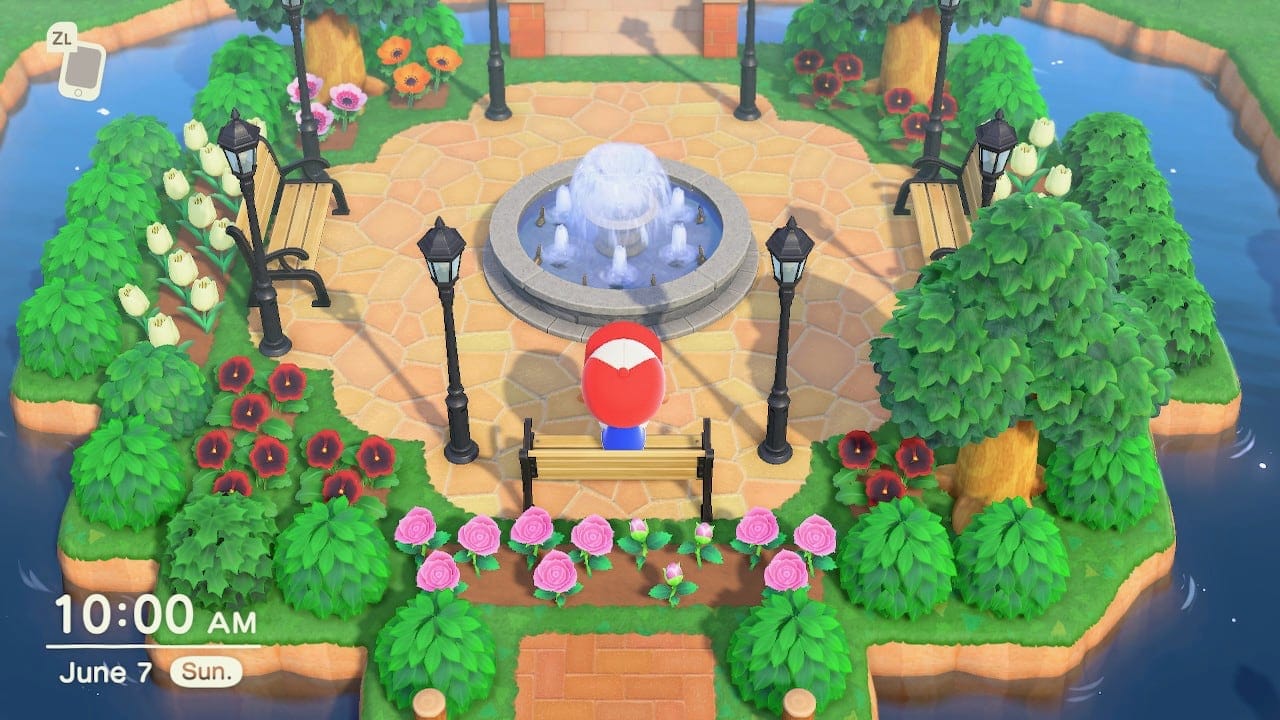
Aya Kyogoku directed the last two main Animal Crossing games, New Leaf on the 3DS and the smash hit New Horizons on Switch. Kyogoku hasn’t directed a game since then; updates to New Horizons ceased in November 2021, presumably freeing up the team to work on something new.
Masahiro Sakurai, the creator and director of the Super Smash Bros. series, recently revealed that he’s been working on a new game since April 2022.
The lack of detailed credits for the smartphone game Mario Kart Tour makes it hard to know exactly who worked on it, but it looks like at least some of the Mario Kart 8 Deluxe team did. They stopped adding new content to Tour in October 2023, again presumably freeing up the team.
Game Freak, the developers of Pokémon, did not release a mainline Pokémon game in 2024 for the first time in almost a decade. They did announce that they’re working on Pokémon Legends Z-A for this year, but we haven’t seen the game at all yet.
Now, this isn’t necessarily to say that the Switch 2 will launch with a 3D Mario, Animal Crossing, Smash Bros., Mario Kart and Pokémon… but I believe it’s a pretty safe bet that we’ll get one of each, or something new from those teams, in the first year of Switch 2.
Another indicator that Nintendo is holding the big guns back is to look at what they released in 2024. We got ports of older games (Paper Mario: The Thousand Year Door), games developed by partners (Zelda: Echoes of Wisdom), entries in lesser-known franchises (Endless Ocean Luminous) or cut-price, experimental projects (Nintendo World Championships).
This is not to diminish those titles in any way; I enjoyed many of them. But you could make the case that the last time Nintendo put out a major release from one of their top-tier developers was Super Mario Bros. Wonder in October 2023; you could also argue that they won’t release another until Metroid Prime 4 sometime in 2025.
Taking all this into account suggests that there is just too much talent hidden away right now working on projects we know nothing about — projects that are undoubtedly for Switch 2.
Which brings me back to the real magic of the Switch.
For decades, Nintendo has had to divide its resources up to support both its portable systems (Game Boy, DS) and its home consoles (N64, Wii). When they struggled to produce software for the Wii U, they couldn’t just throw all their developers at the problem; they still needed to work on games for the (far more successful) 3DS. And some games remained rooted to certain formats; the main Pokémon games, for instance, are massively popular — but exclusive to Nintendo’s handhelds, and therefore unable to help their home consoles.
With the Switch, Nintendo had a home console and a portable in the same device. You might think that the two-in-one nature of the Switch was a major selling point for its utility, and sure, being able to take your home console games on the go is genuinely great. But its real power, the real thing that made the Switch one of the best-selling consoles of all time, was allowing Nintendo to focus on putting all of its best games on a single system.
Nintendo systems live or die by Nintendo games. And if what I’m seeing is right, Nintendo is making all the right moves to ensure that the next Switch will have all the games it needs to be successful.



